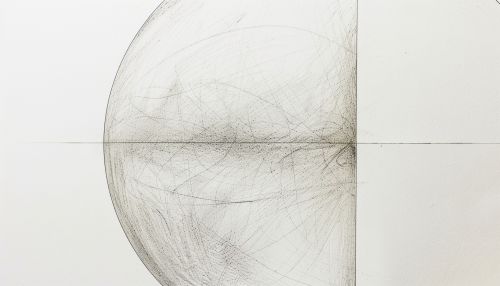Radius
Definition
A circle is a two-dimensional geometric shape that is perfectly round and consists of all points in a plane that are equidistant from a fixed center point. The distance from the center of the circle to any point on the circle is called the radius.


Mathematical Properties
The radius is a fundamental property of circles, as well as spheres and other geometric figures derived from them. In mathematics, the radius of a circle or sphere is usually denoted by the lowercase letter 'r'. The radius is half the diameter of the circle, and the diameter can be defined as the longest distance between any two points on the circle, passing through the center.
The radius is used in many formulas in geometry and trigonometry. For example, the circumference (C) of a circle can be calculated using the formula C = 2πr, where π (Pi) is a mathematical constant approximately equal to 3.14159. The area (A) of a circle can be calculated using the formula A = πr².
Applications
The concept of radius is widely used in various fields, including physics, engineering, astronomy, and computer graphics. For instance, in physics, the radius of a circle is used to calculate the moment of inertia of a circular object, which is a measure of its resistance to rotational motion about an axis. In engineering, the radius is used to determine the curvature of roads, bridges, and other structures. In astronomy, the radius of a celestial body, such as a planet or star, is often used to calculate its volume, surface area, and gravitational field. In computer graphics, the radius is used to define the size and shape of circular or spherical objects.
History
The concept of radius has been known since ancient times. The ancient Greeks were among the first to study the properties of circles in a systematic way. The Greek mathematician Euclid, in his work "Elements", provided one of the earliest definitions of a circle and its radius. He also proved many fundamental properties of circles, such as the fact that all radii of a given circle are equal.
See Also
Diameter Circumference Area of a Circle Circle Sphere Euclid's Elements
